Vata, the banyan tree, Ficus indicus, symbolizes Hinduism, which branches out in all directions, draws from many roots, spreads shade far and wide, and yet stems from one great trunk. Siva as silent sage sites beneath it. Aum or Ek Aumkar.
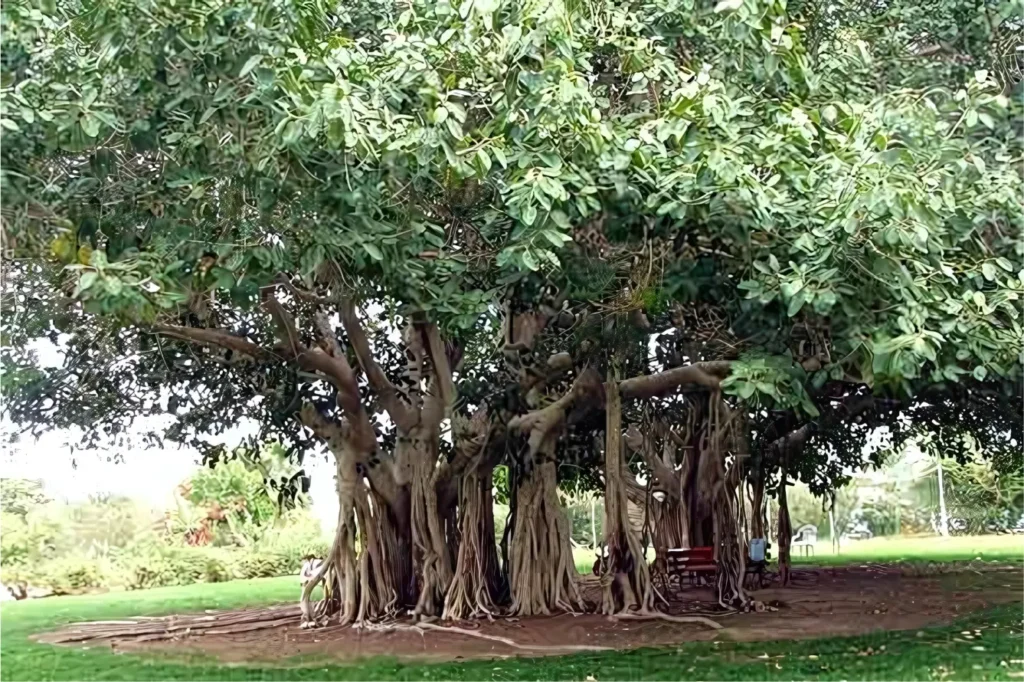
Swastika is the symbol of auspiciousness and good fortune-literally, “it is well.” The right-angled arms of this ancient sun-sign denote the indirect way the divinity is apprehended: by intuition and not by intellect. Aum or Ek Aumkar.
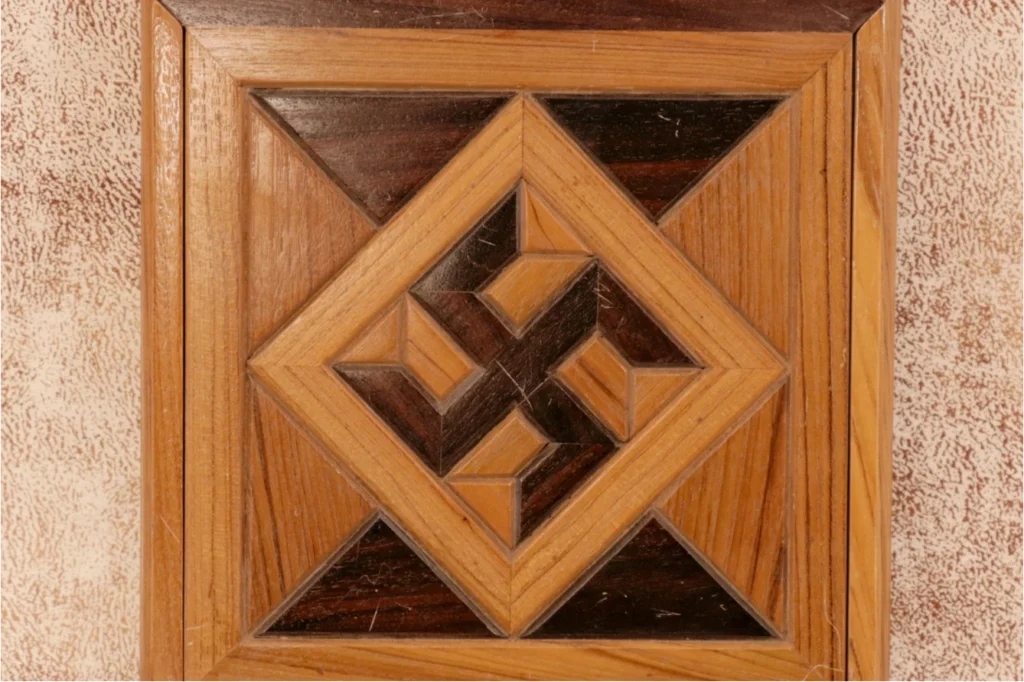
Pranava, Aum, is the root mantra and primal sound from which all creation issue forth, it is associated with Lord Ganesha. Its three syllables stand at the beginning and end of every sacred verse, every human act. Aum.

Ganesha is the Lord of Obstacles and Ruler of Dharma. Seated upon his throne, He guides our karmas through creating and removing obstacles from our path. We seek his permission and blessing in every undertaking. Aum.
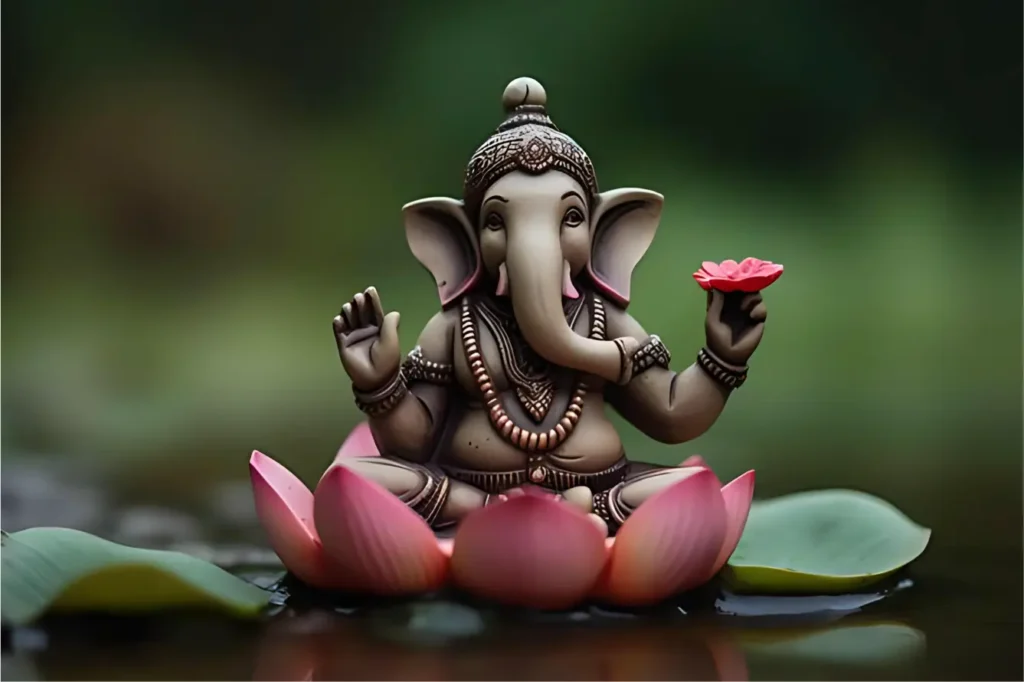
Tripundra is a Saivites great mark, three stripes of white vibhuti on the brow. This holy ash signifies purity and burning away of anava, karma and maya. The bindu, or dot, at the third eye quickens spiritual insight, Aum.

Nataraja is Siva as “King of Dance.” Carved in stone or cast in bronze, his Ananda tandava, the fierce ballet of bliss, dances the cosmos into and out of existence within a fiery arch of flames denoting consciousness. Aum.
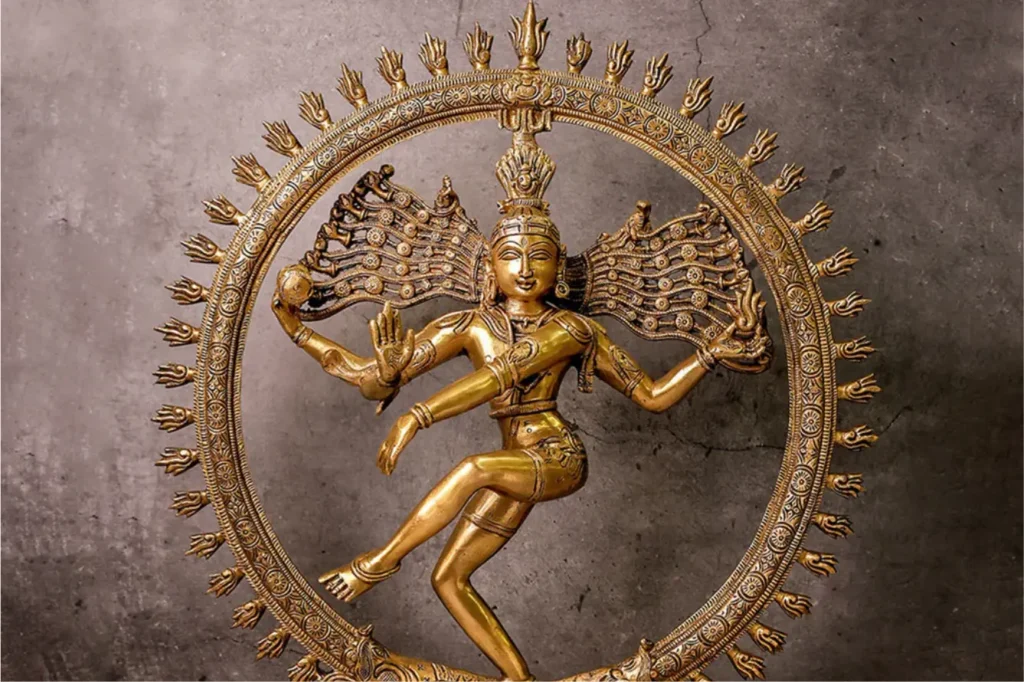
Mayil, “peacock”, is Lord Murugans’s mount, swift and beautiful like karttikeya himself. The proud display of the dancing peacock symbolizes religion in full, unfolded glory. His shrill cry warns of approaching harm. Aum.
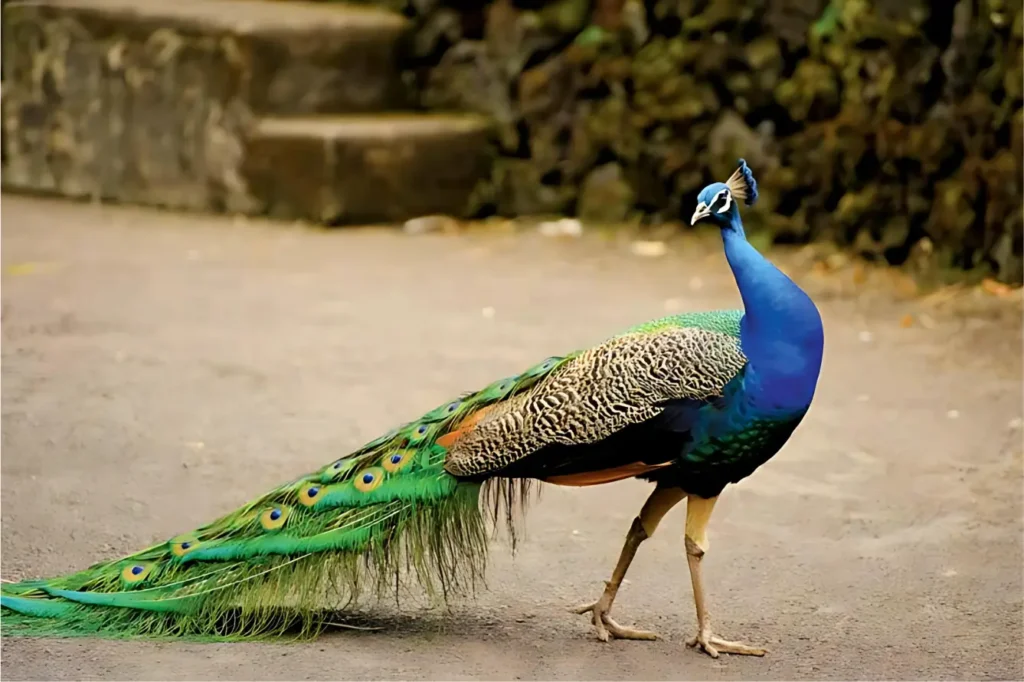
Nandi is Lord Siva’s mount, or vahana. This huge white bull with a black tail, whose name means “joyful,” disciplined animality kneeling at Siva’s feet, is the ideal devotee. The pure joy and strength of Saiva Dharma. Aum.
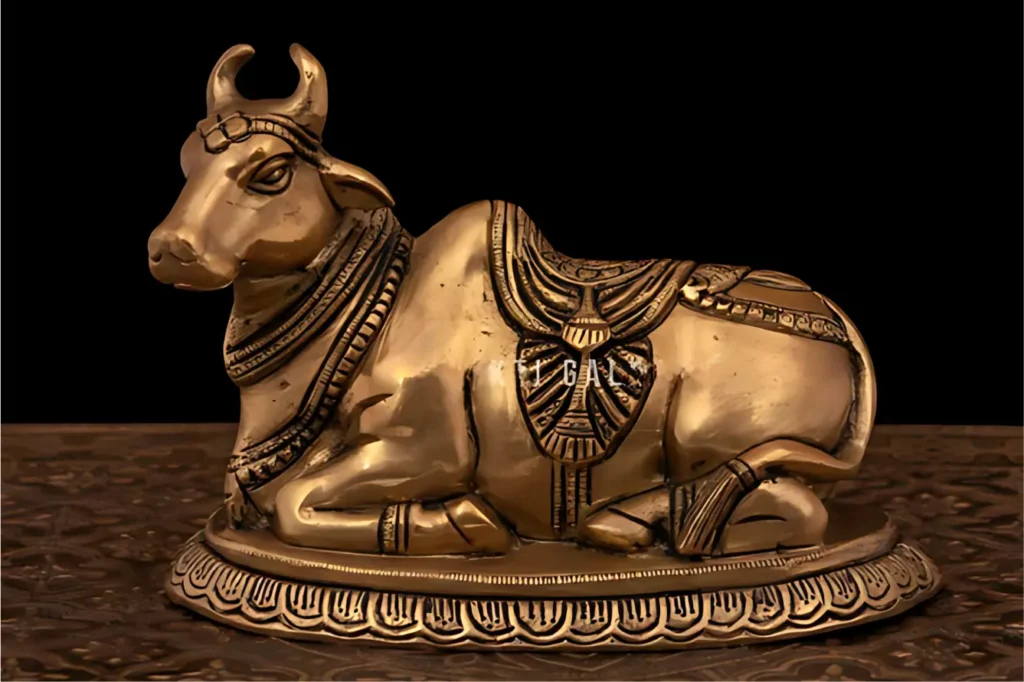
Bilva is the bael tree. Its fruit, flowers and leaves are all sacred to Siva, lieration’s summit. Planting Aegle marmelog trees around home or temple is sanctifying, as is worshiping a Linga with bilva leaves and water. Aum.
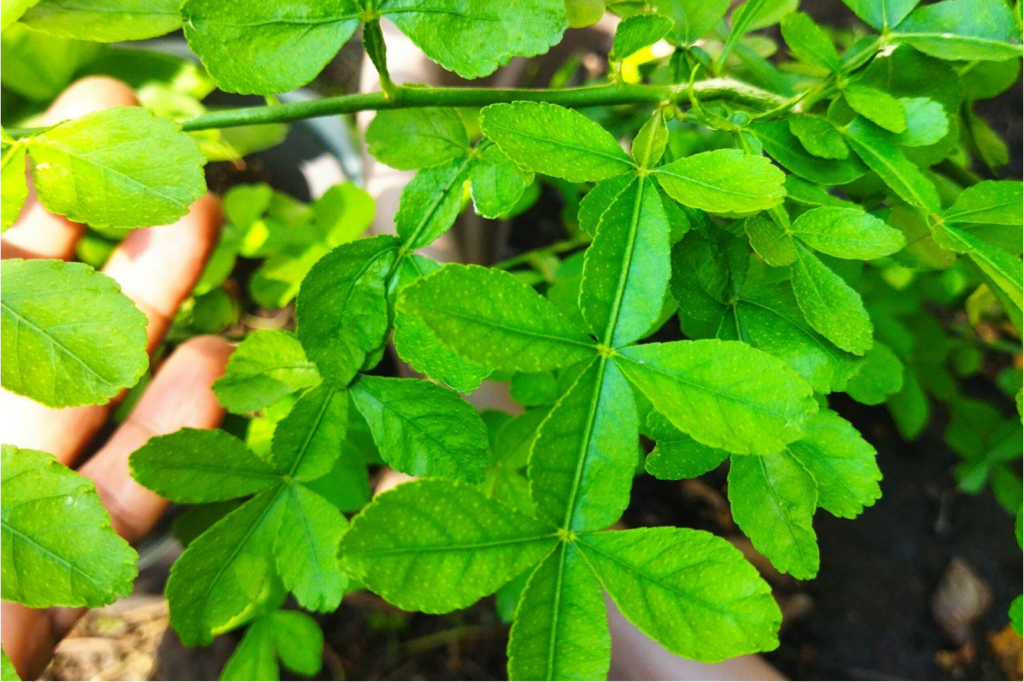
Padma is the lotus flower, Nelumbo nucifera, perfection of beauty, associated with Deities and chakras, especially the 1,000-petalled sahasrara. Rooted in the mud, its blossom is promise of purity and unfoldment. Aum.
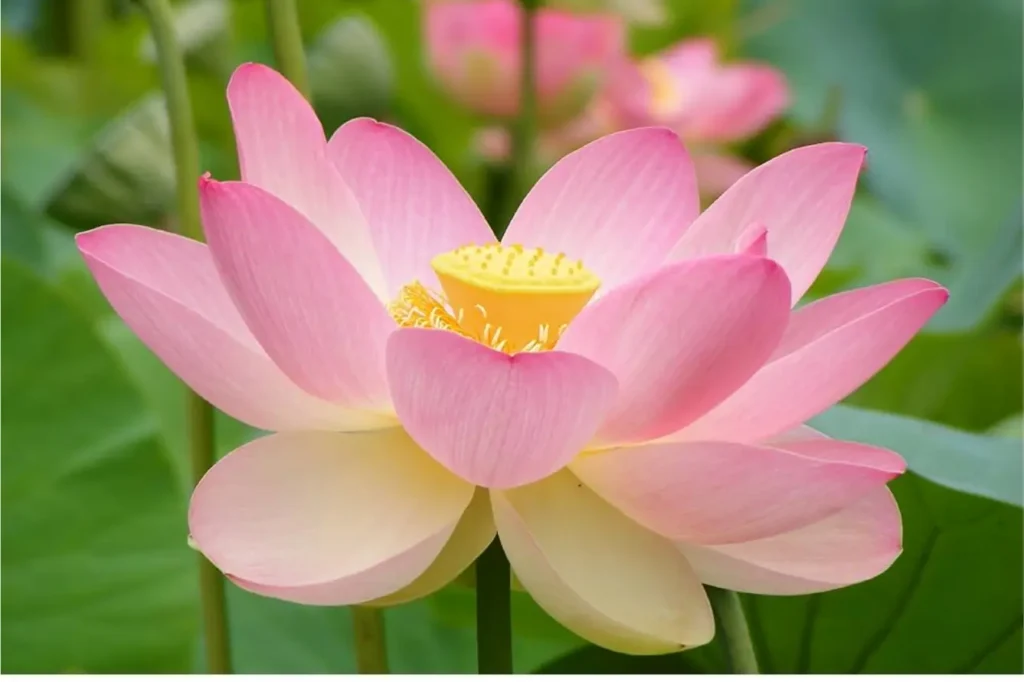
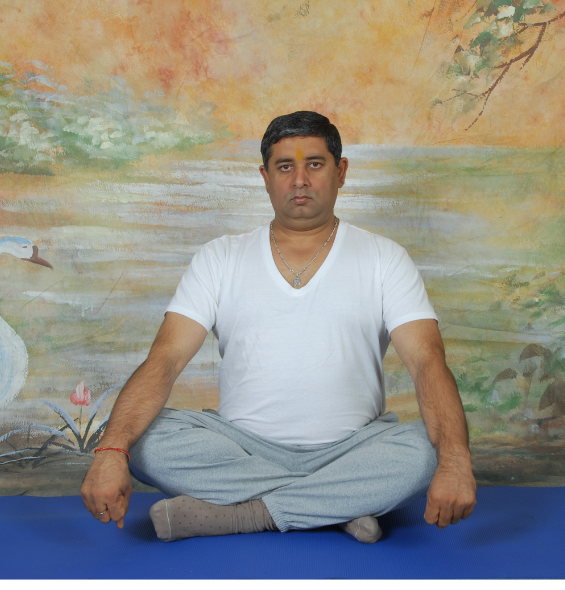
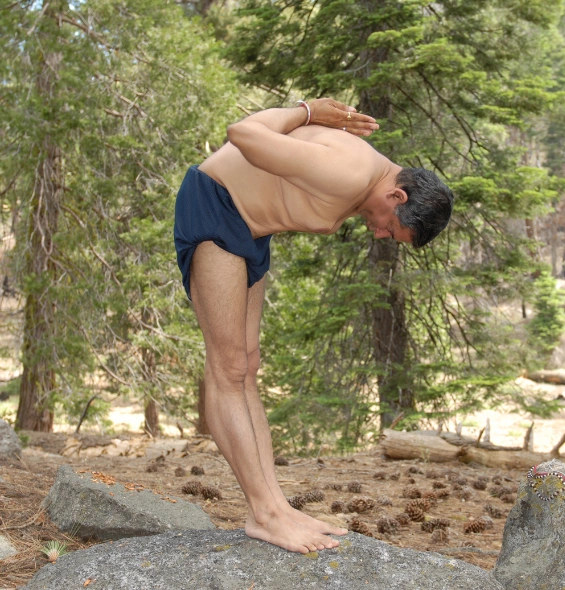

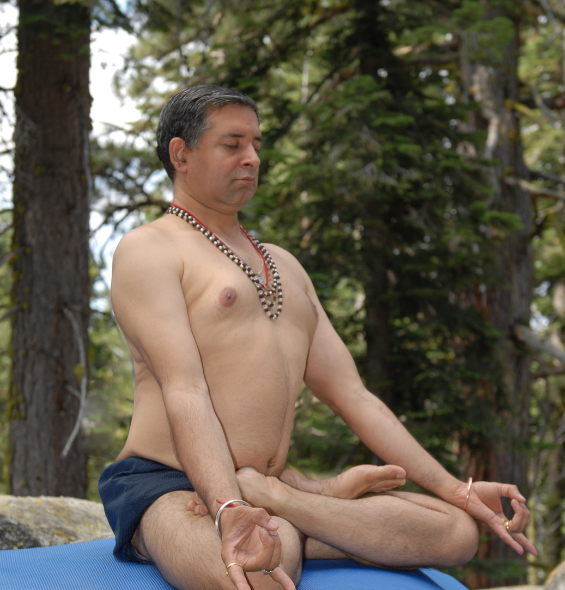
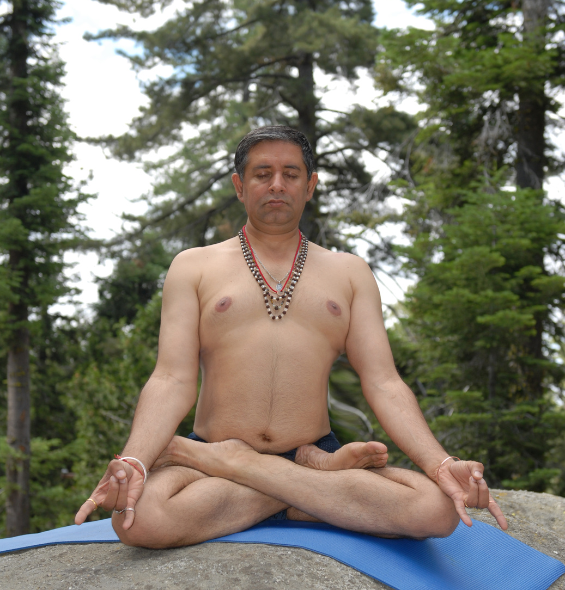
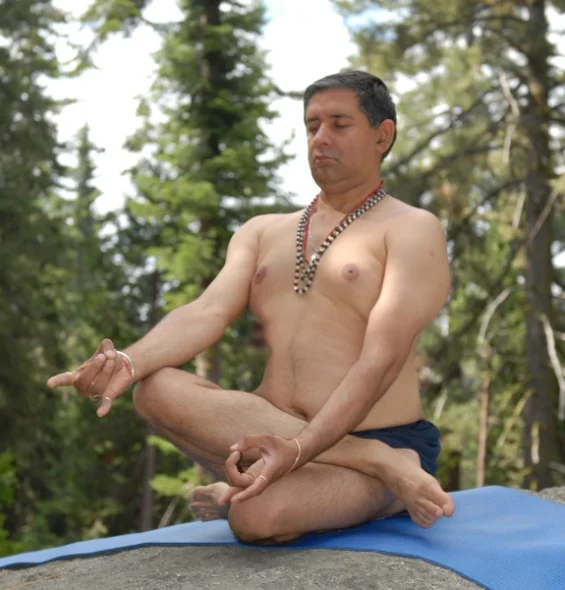
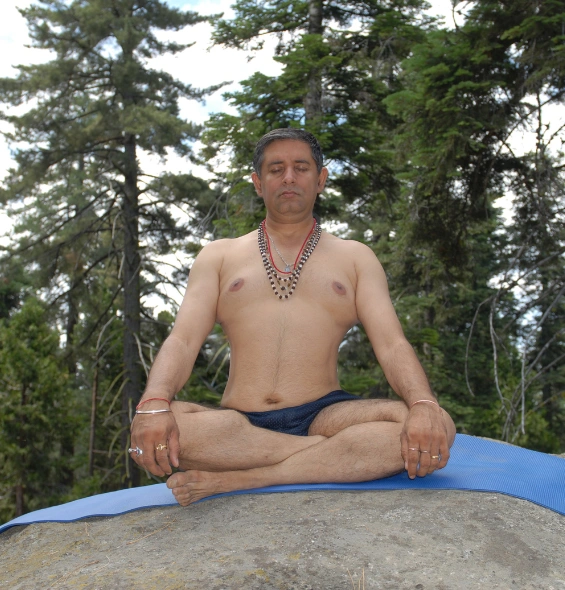

Core endurance is associated with lower back pain, especially in athletes. Ashtanga Yoga offers a series of poses that strengthen the core, providing better support for the spine. By practicing these movements regularly, athletes can improve their core endurance, which helps prevent and alleviate lower back pain.

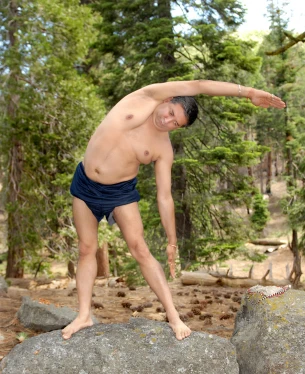
Ashtanga Yoga offers a series of poses that strengthen the core, providing better support for the spine. By practicing these movements regularly, athletes can improve their core endurance, which helps prevent and alleviate lower back pain. It also promotes balance, reducing the risk of injury.
Ashtanga Yoga focuses on practicing the same sequence of postures. With dedication, practitioners naturally begin to focus on physical movements coordinated with the breath, making it a moving meditation that leaves you relaxed, refreshed, and rejuvenated.

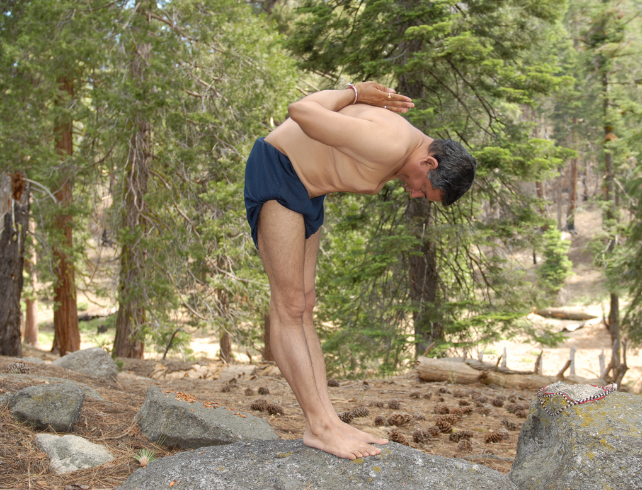
Ashtanga Yoga tones lower abdominal muscles, realigns the musculoskeletal system, and effectively diminishes backaches. It is a natural way to achieve a strong and healthy back. Regular practice also enhances posture, helping to prevent future discomfort

“Pranava yoga has brought me a deep sense of calm and balance. Each session helps me feel more connected and at peace.”
“Since I started Pranava yoga, I’ve experienced more clarity and calm in my life. The practice brings a deep sense of relaxation and balance.”
“Pranava yoga has given me a new level of inner peace and mindfulness. I always feel deeply relaxed and centered after every Position.”
“Since starting Pranava yoga, my mind feels clearer, and my body more relaxed. The practice has been a perfect way to recharge and find peace.”
“Pranava yoga has brought a deep sense of relaxation into my life. Each session leaves me feeling peaceful and in harmony with myself.”
Learn everything from foundational poses to advanced sequences. Incorporating mindfulness techniques for everyday life.